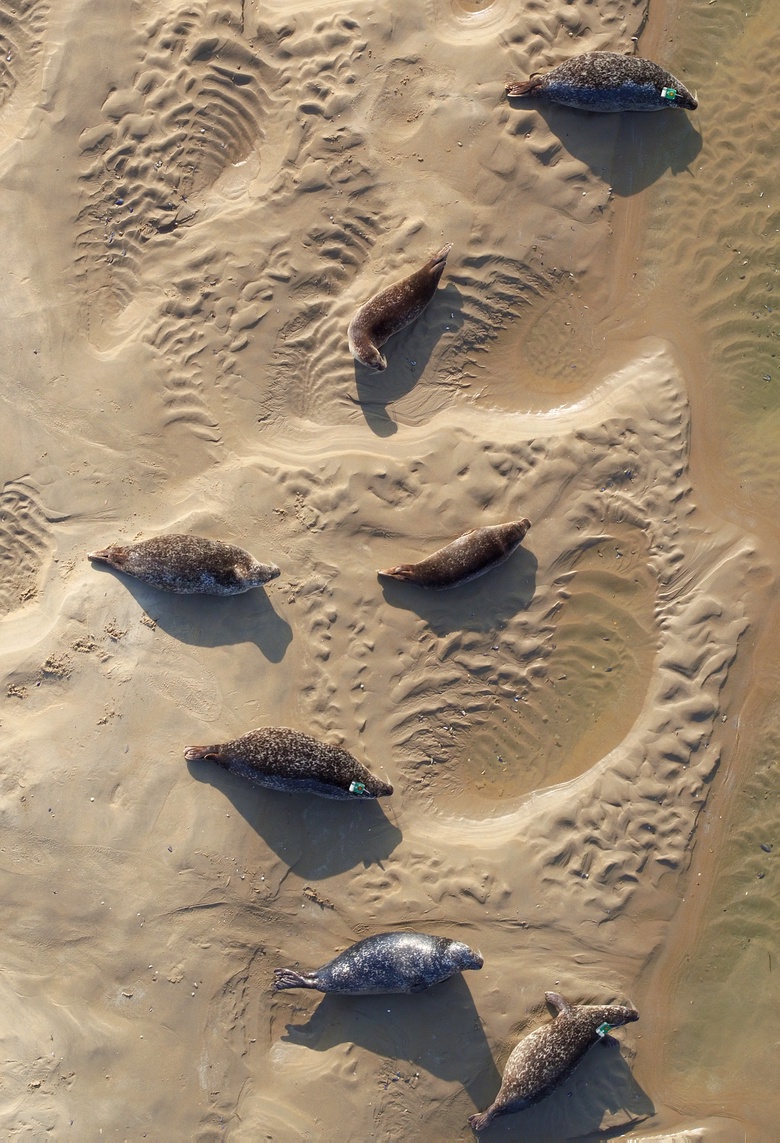This research programme provided opportunities for a range of collaborative studies, including work on contaminants, disease, parasites, and reproductive behaviour, together making this one of the most intensively studied seal populations in the world.
Over the last 30 years, harbour seal populations in many parts of Scotland have shown dramatic declines. Current work focuses on developing our individual-based studies to help identify the factors that are driving these changes. Our core harbour seal photo-ID study at Loch Fleet, which has been running since 2006, along with GPS seal tracking data, is used to assess demographic trends, seal foraging and movement behaviour.
Example studies
Hall, A.J., Hewitt, R.C. & Arso Civil, M. (2020) Determining pregnancy status in harbour seals using progesterone concentrations in blood and blubber. General and Comparative Endocrinology
Cordes, L.S. & Thompson, P.M. (2015) Mark-resight estimates of seasonal variation in harbor seal abundance and site fidelity. Population Ecology, 57: 467-472.

